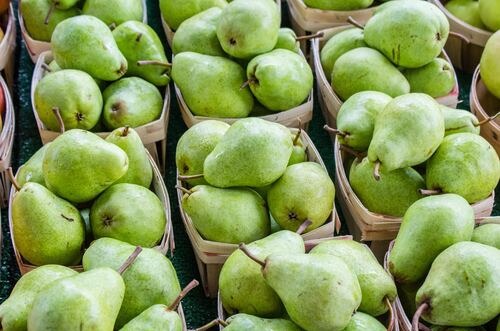W26: Pear Update

In W26 in the pear landscape, the United States Department of Agriculture (USDA) predicts a 3% decrease in global pear production for 2022/23, with yields dropping from 740 thousand tons to 23.7 million. Pear production in the European Union (EU) is projected to increase, while Italy's orchards still recover from snow and cold. Global exports are also expected to ease down to 1.7 million tons. Meanwhile, pear production in the US remains at 583 thousand tons, with US pear exports decreasing by 11 to 100 thousand tons. Chile's planted areas have declined by 20% since 2019/20. South Africa's production is forecasted to drop to 470 thousand, but pear exports are expected to recover. South Africa pears also show significant potential in China, with approximately 15.1 thousand cartons or 1.9 thousand mt arriving. The protocol on exporting pears to China was signed between the Undersecretary for Foreign Affairs and International Cooperation and the Chinese Customs Administration Minister, aiming to facilitate Italian agro-food market access and collaboration on controls and traceability. The European pear crop is expected to be the smallest harvest in the last decade, with a predicted yield of around 1.9 million tonnes. Spanish production increased by 53% with 190.6 thousand tonnes of pears, Portugal by 7%, and Belgium by 6%, while France's pear production is expected to drop to 109 thousand tonnes. The Netherlands and Italy have not yet calculated their harvest forecasts, but they predict a downward trend. In India, the pear harvest in Kashmir is uncertain due to erratic weather and factors like last year's low fruit prices. Farmers fear another lean year, potentially leading to a drop in business. Pears are grown over 14.1 thousand hectares in Baramulla and Budgam districts, with production exceeding 85.5 thousand mt. Production targets depend on harvest and weather patterns.





